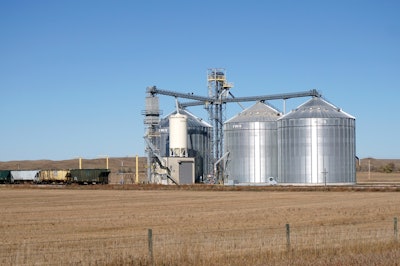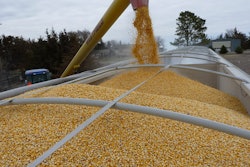
Rail service issues are hitting the heartland, concerning co-ops that are worried last year's crop won't be out of the way for new crop coming this fall.
David Michaelis, manager for Heartland Co-op in Randolph, IA, has a full grain elevator and wonders where he should take all his grain.
"I've never dealt with such an inverse market like this," Michaelis told KMTV. "We need to ship grain faster than we can get it out and a bunch of our locations are full of grain."
The Surface Transportation Board (STB) announced it will hold a public hearing on April 26-27 on recent rail service problems and recovery efforts involving several Class I carriers.
STB will direct BNSF Railway Co., CSX Transportation, Inc., Norfolk Southern Railway Co., and Union Pacific Railroad Co. to appear.
In recent weeks, the board has heard informally from a broad range of stakeholders about inconsistent and unreliable rail service.
It has also received reports from the Secretary of Agriculture and other stakeholders about the serious impact of these service trends on rail users, particularly with respect to shippers of agricultural and energy products.
NGFA President and CEO Mike Seyfert sent a March 24 letter to STB reporting significant rail service problems at rail origins and destinations.
According to the letter, some grain elevators are unable to purchase grain from farmers due to lack of outbound train service.
Other NGFA members have run out of grain and have been forced to shut down flour and feed mills and cut off sales to customers while awaiting grain deliveries.
In some cases, NGFA members have been unable to deliver feed to livestock producers that may not have alternative feed sources.
In a statement accompanying the notice, STB Chairman Martin Oberman said over the last six years, the Class I railroads collectively have reduced their work force by 29%, which is about 45,000 employees cut from the payrolls.
“In my view, all of this has directly contributed to where we are today – rail users experiencing serious deteriorations in rail service because, on too many parts of their networks, the railroads simply do not have a sufficient number of employees,” Oberman said.

















